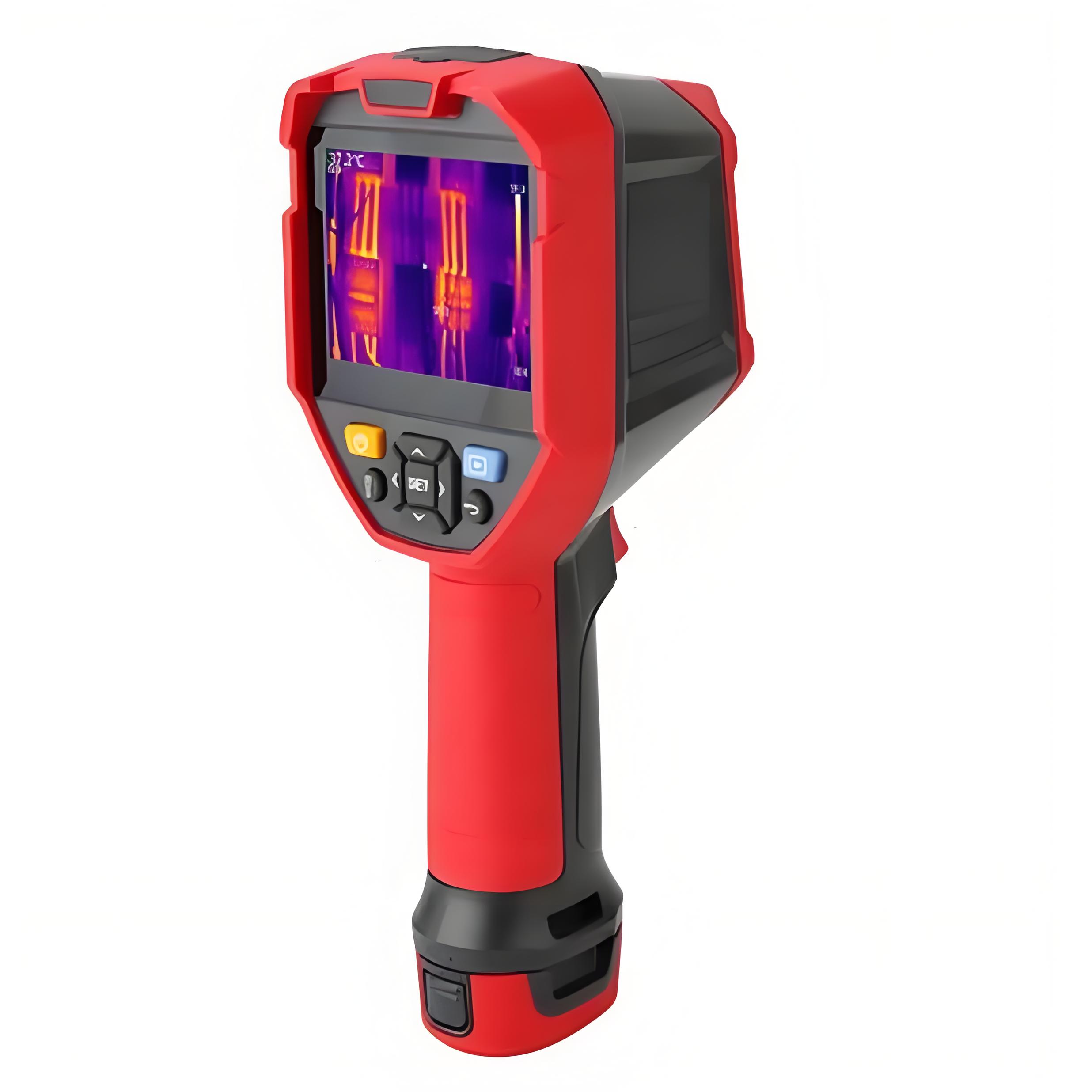What Are You Looking For?
What Are You Looking For?
In the dynamic world of industrial electrical equipment, ensuring optimal performance and safety is a top priority. The Thermal Imager emerges as a powerful and indispensable tool that provides a unique perspective on the thermal behavior of these systems. This article will take you on a detailed journey through the features, parameters, and benefits of the Thermal Imager, making it an irresistible choice for any industrial setting.
Item No. :
HJ-IEPTE-022Minimum Order Quantity (MOQ) :
1 setPayment Method :
L/C,T/T,PayPalPrice :
NegotiatableProduct Origin :
TurkiyeSupply Ability :
20 sets per monthLead Time :
5 Working DaysConventional packaging :
Toolbox
The Thermal Imager is a cutting-edge device designed to detect and visualize the infrared radiation emitted by objects. In the context of industrial electrical equipment, it allows operators and technicians to observe the temperature distribution across various components without making physical contact. By converting the thermal energy into a visible image, it reveals hidden hotspots, temperature gradients, and potential issues that could otherwise go unnoticed. This enables proactive maintenance and early detection of problems, safeguarding the integrity and reliability of the equipment.
|
Testing Parameter |
Description |
Importance |
|
Temperature Measurement Range |
The Thermal Imager can typically measure a wide temperature range, from extremely low temperatures (e.g., -20°C) to very high temperatures (e.g., +1500°C or more depending on the model). This versatility allows it to be used in diverse industrial applications, such as monitoring the temperature of electronic components in a control panel or the heat distribution in a high-power industrial furnace. |
Ensures that the imager can handle the temperature variations of different electrical equipment, providing accurate thermal data across a broad spectrum of operating conditions. |
|
Thermal Sensitivity |
It offers high thermal sensitivity, often specified in millikelvins (mK). A lower thermal sensitivity value indicates a more precise ability to detect small temperature differences. For example, an imager with a thermal sensitivity of 50 mK can distinguish temperature variations as small as 0.05°C, enabling the detection of subtle changes in the thermal behavior of components that could signify early signs of failure. |
Enables the identification of minute temperature changes, crucial for spotting potential issues before they escalate into major problems. |
|
Spatial Resolution |
The spatial resolution determines the level of detail in the thermal image. It is usually measured in milliradians (mrad) or dots per inch (dpi). A higher spatial resolution means that the imager can distinguish smaller objects and details in the image. For instance, an imager with a spatial resolution of 1 mrad can provide a clearer picture of the temperature distribution on a densely packed circuit board, allowing for more accurate diagnosis of component-level issues. |
Facilitates precise localization of hotspots and accurate analysis of temperature patterns on complex equipment surfaces. |
|
Field of View |
The field of view defines the area that the Thermal Imager can cover in a single image. It can range from narrow angles for focusing on specific small areas to wide angles for surveying larger sections of equipment. This flexibility allows users to adjust the imager's view according to the size and nature of the equipment being inspected. For example, when examining a large industrial motor, a wide field of view can capture the overall temperature profile, while a narrow field of view can zoom in on critical components like bearings. |
Provides the ability to tailor the imaging area to the specific needs of the inspection, ensuring comprehensive thermal monitoring of different-sized equipment. |
|
Image Frame Rate |
The image frame rate indicates how quickly the Thermal Imager can update the thermal image. It can range from a few frames per second for basic models to dozens of frames per second for high-performance ones. A higher frame rate is beneficial when monitoring dynamic processes or rapidly changing thermal conditions, as it allows for real-time tracking of temperature variations. For instance, when observing the start-up process of an electrical system, a fast frame rate imager can capture the transient thermal changes accurately. |
Enables smooth and continuous monitoring of thermal dynamics, especially in applications where quick temperature changes occur. |
The Thermal Imager is designed for ease of use. It typically features a user-friendly interface with intuitive controls for adjusting parameters such as temperature range, focus, and image enhancement. The imager can be handheld for portable inspections or mounted on a tripod for stationary monitoring. Once powered on, it quickly scans the target area and generates a thermal image on its built-in display. Advanced models may also offer features like image storage, data analysis software integration, and the ability to overlay the thermal image onto a visible light image for better context.
Enhanced Equipment Reliability: By detecting hotspots and abnormal temperature patterns early, maintenance teams can take preventive measures to avoid equipment failures. This significantly reduces downtime and extends the lifespan of industrial electrical equipment, saving both time and money.
Improved Safety: Identifying overheating components in electrical systems helps prevent potential fire hazards or electrical malfunctions. This ensures the safety of operators and the surrounding environment, reducing the risk of accidents.
Efficient Troubleshooting: The thermal images provide a clear visual representation of the temperature distribution, making it easier for technicians to diagnose problems quickly. This streamlines the troubleshooting process, reducing the time required to identify and fix issues.
Energy Optimization: Understanding the thermal behavior of equipment allows for optimization of energy consumption. By identifying areas of excessive heat loss or inefficient heat dissipation, measures can be taken to improve energy efficiency.

In conclusion, the Thermal Imager is an essential tool for any industrial facility dealing with electrical equipment. Its advanced features, precise parameters, and numerous benefits make it a valuable investment that can transform the way you monitor and maintain your equipment. Don't miss out on the opportunity to enhance your industrial operations with this powerful technology.
Hot Tags :